I used the code below to create my plot above. Is there a way to adapt my code so that I do not have the long red line joining the two periods of non-peak hours?
Day_2 <- non_cumul[(non_cumul$Day.No == 'Day 2'),]
Day_2$time_test <- between(as.ITime(Day_2$date_time),
as.ITime("09:00:00"),
as.ITime("17:00:00"))
Day2plot <- ggplot(Day_2,
aes(date_time, non_cumul_measurement, color = time_test)) +
geom_point()+
geom_line() +
theme(plot.title = element_text(hjust = 0.5)) +
ggtitle('Water Meter Averages (Thurs 4th Of Jan 2018)',
'Generally greater water usage between peak hours compared to non peak hours') +
xlab('Date_Times') +
ylab('Measurement in Cubic Feet') +
scale_color_discrete(name="Peak Hours?")
Day2plot +
theme(axis.title.x = element_text(face="bold", colour="black", size=10),
axis.text.x = element_text(angle=90, vjust=0.5, size=10))


